People who bought homes and found treasure
Home is where the treasure is
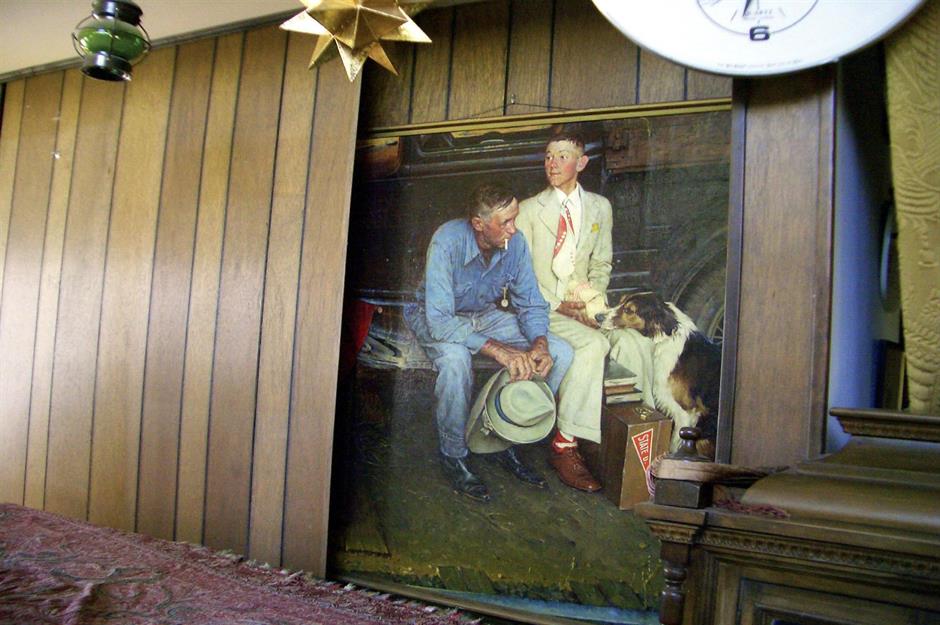
15th-century gold coins under the weeds: value unknown
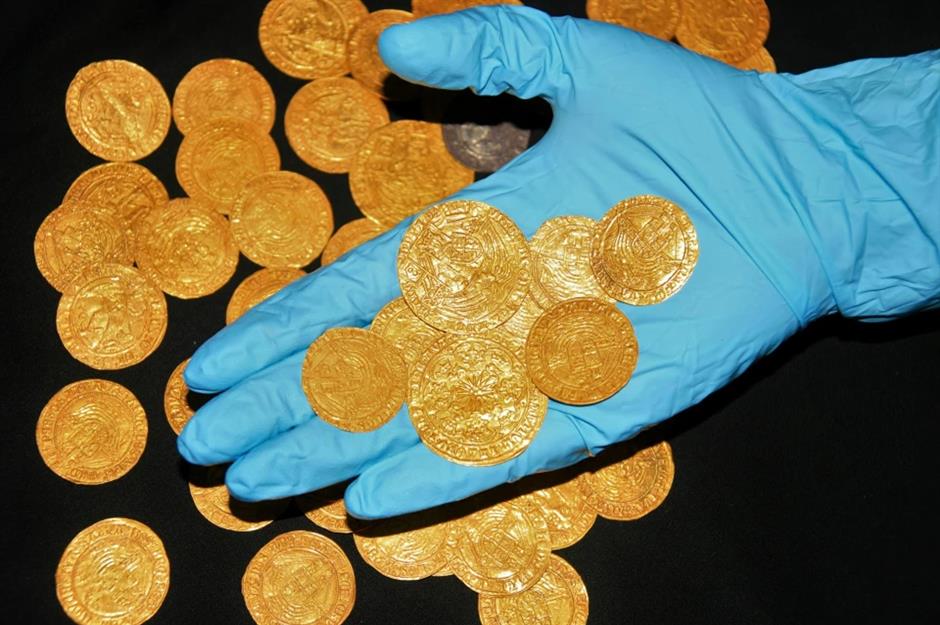
Weeding can be a thankless task, but in 2020, one gardener, who chose to remain anonymous, was rewarded for his hard work when he came across a hoard of 15th-century coins. The 63 gold coins and one silver coin were found in a garden in the New Forest, England. The trove features four coins from Henry VIII’s reign that include the initials of his wives, Catherine of Aragon, Anne Boleyn, and Jane Seymour, which add to the coins' rarity.
In Tudor times, the coins had a value of £24, the equivalent of £14,000 ($18.5k) today, far exceeding the typical annual wage of the period. However, they're now considered priceless artefacts.
15th-century gold coins under the weeds: value unknown
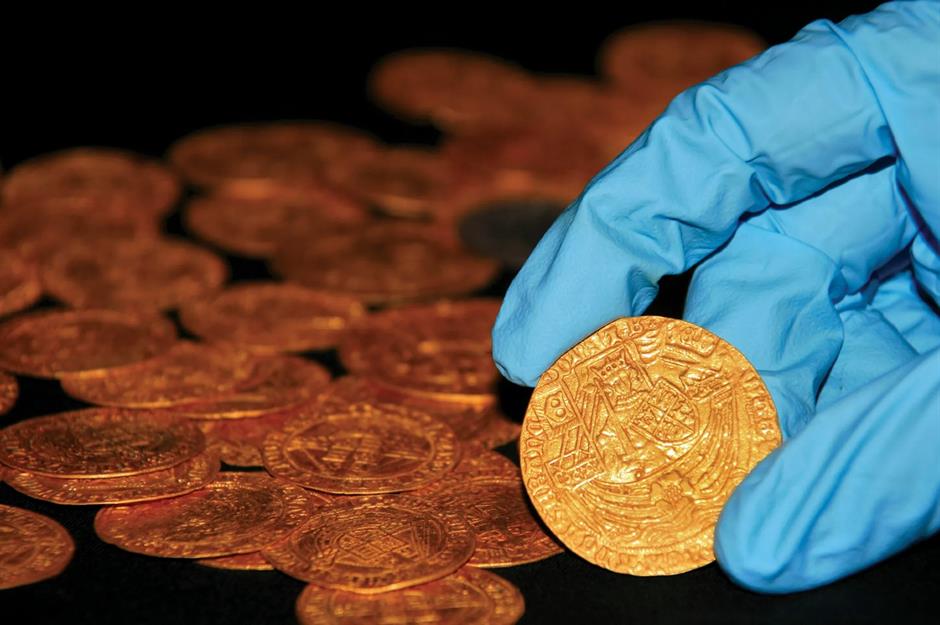
Experts have deduced that the coin collection may have been buried by a merchant, given the New Forest’s proximity to the sea, or that they could have been hidden by religious groups or a priest during the Dissolution of the Monasteries in the late 1530s and 1540s.
The coins were registered with the British Museum’s Portable Antiquities Scheme (PAS), which has verified some 47,000 finds in 2020 alone.
Church beneath the backyard: value unknown
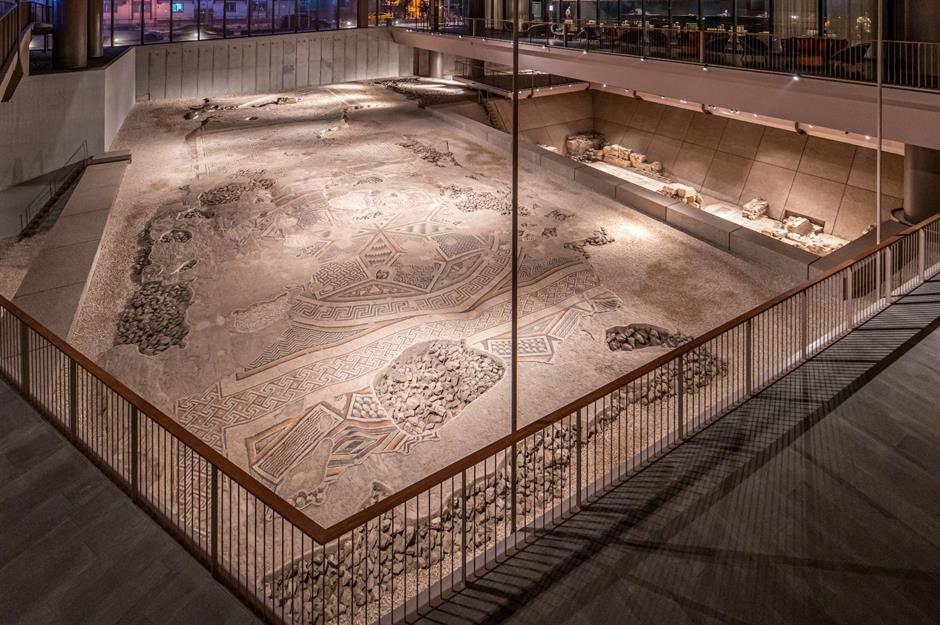
Mehmet Keleş was also doing some gardening when he came across something incredible. The retired father-of-three was planting orange saplings in his 10-acre garden in the Arpaçiftlik district of Turkey in 2006 when he unearthed a portion of mosaic.
Keleş informed Hatay Museum (pictured) and expert-led excavations commenced the following year. So far, discoveries on the plot have included more mosaics, animal figures, stone tombs, bone remains and the pièce de résistance: a 6th-century Holy Apostles church.
Church beneath the backyard: value unknown

Keleş continues to volunteer with the archaeologists, and his whole family has become involved in the exciting project that has taken over their backyard.
It’s hoped that the discoveries will shed light on the ancient city of Rhosus, now known as Arsuz (pictured), and will eventually be turned into an open-air museum.
Prohibition-era whiskey in the walls: value unknown

When Nick Drummond and Patrick Bakker were told their bungalow, located in the small village of Ames, close to New York, was built by a mysterious German bootlegger known as Count Adolph Humpfner, they dismissed the story as a myth.
However, while renovating their home in 2020, which was built in 1915, the couple were stunned to find 66 bottles of Prohibition-era whiskey hidden within the walls and floorboards.
Prohibition-era whiskey in the walls: value unknown
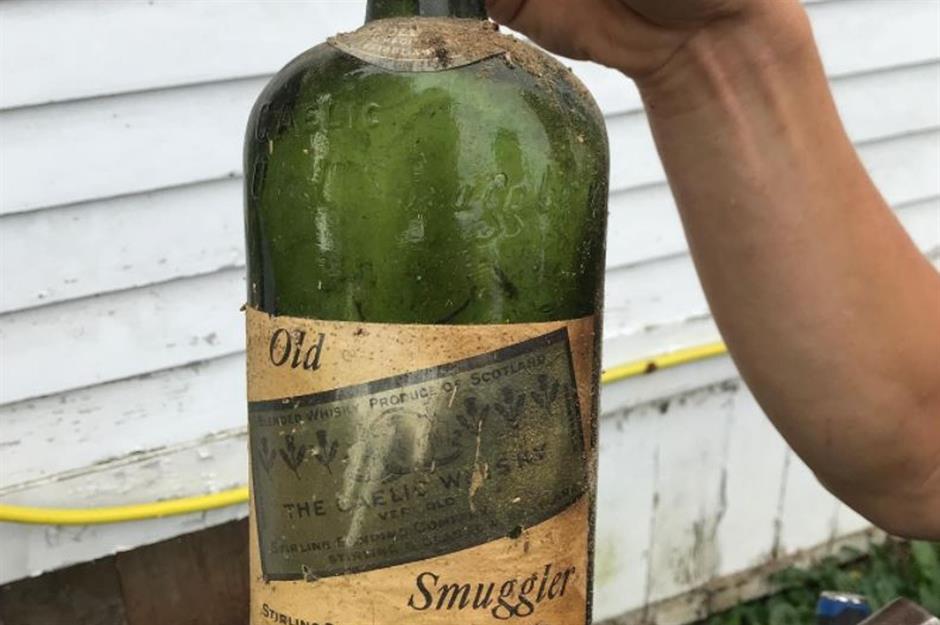
Drummond said, "Our walls are filled with bundles of booze!" The liquor is a brand of Scottish whiskey named Old Smuggler Gaelic. Full bottles are estimated to be worth $1,000 (£757) each, though it’s unclear how many of the 66 bottles were full. The lucky duo, naturally, plan to keep a bottle for themselves too!
Signed Inuit artwork: value unknown

In summer 2020, Andrey Noskov and his business partner bought a decrepit house in Detroit, Michigan with the intention of gutting and renovating it before selling it on.
It looked as though nothing was worth salvaging until the pair stumbled across an interesting bundle of papers – maybe the house was more valuable than originally thought…
Signed Inuit artwork: value unknown
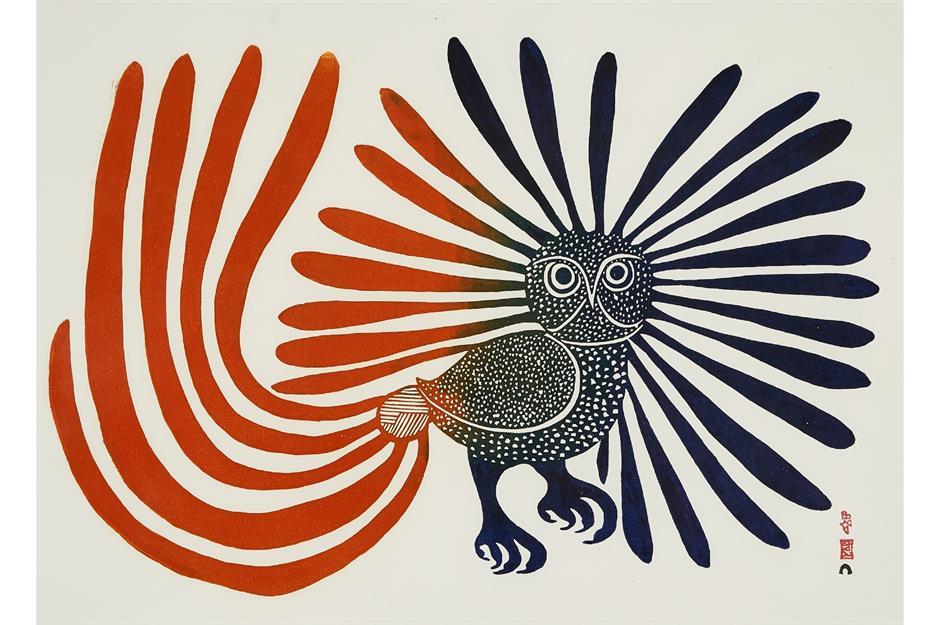
What the pair had found was a stack of artwork, and there were similar piles stashed throughout the crumbling building – some already rotting among the disarray of the house. Around 40 prints were found in total, including 24 signed pieces by Kenojuak Ashevak, a renowned Inuit artist.
The artwork had belonged to the West Baffin Eskimo Co-operative in Kinngait – a non-profit that celebrates the art, tradition and culture of the Inuit. While this exact collection is yet to be valued, this type of work has rapidly escalated in value in recent years. Enchanted Owl (pictured) is one of Ashevak’s works to have recently sold at auction, and it fetched CA$204,000 ($153k/£120k) in 2019.
Coins in a closet drawer: $25,000 (£18.9k)
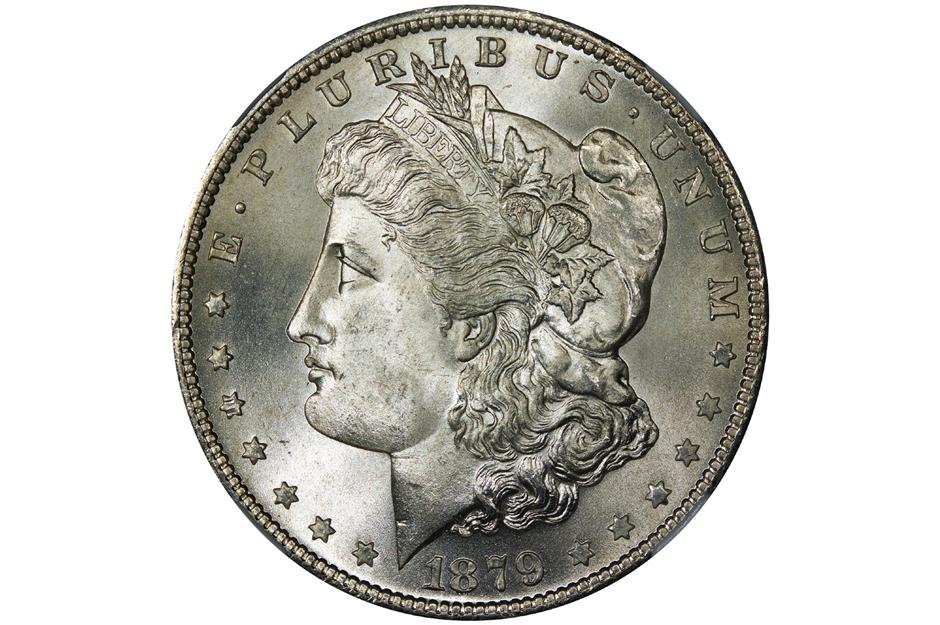
In October, James and Clarissa Munford were settling into their new home in South Carolina when James looked in the built-in drawers of a closet and found that it was housing more than mothballs.
The wardrobe contained an incredible coin collection, including 46 gold Liberty $5 coins and 18 Morgan silver dollars from the 1800s. But the coins didn’t stay with their new owner for long...
Coins in a closet drawer: $25,000 (£18.9k)
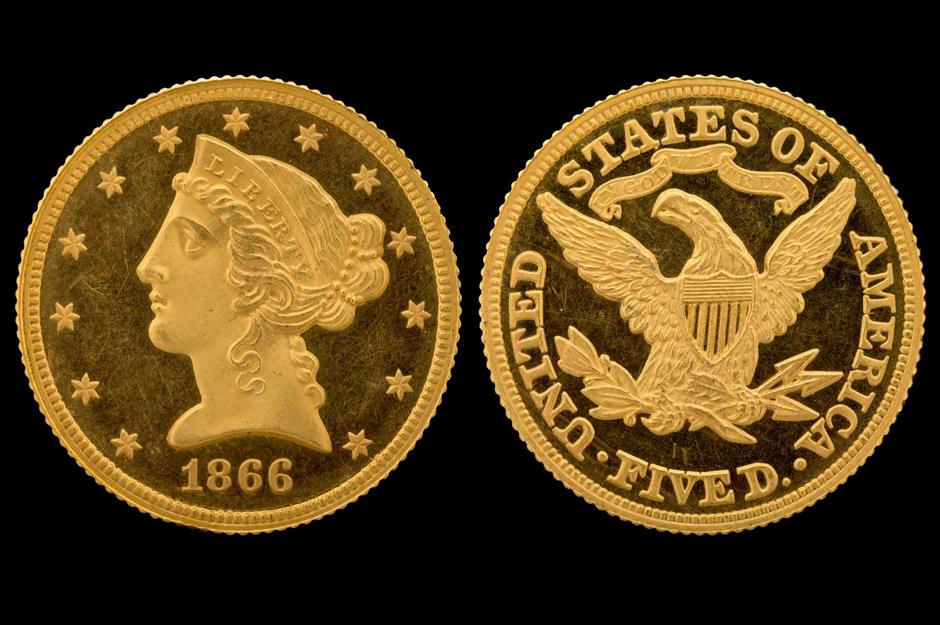
The Munfords immediately sent photos of their find to the previous homeowner, as they thought the coins could be an important family heirloom. It turned out the original owner, who remains anonymous, had moved out in a rush and hadn’t spotted the coins missing from his collection.
The stash is believed to be worth around $25,000 (£18.9k), and so the owner was incredibly grateful that the couple had been so honest and returned their discovery.
A neighbour's stolen treasures: $52,000 (£39.4k)

In 2018, a New York couple got a shock when they found a safe filled with treasure buried in their garden. In 2011, there had been a burglary at a neighbour's home.
Seven years later, Matthew and Maria Emanuel discovered the stolen goods in their garden while planting trees...
A neighbour's stolen treasures: $52,000 (£39.4k)
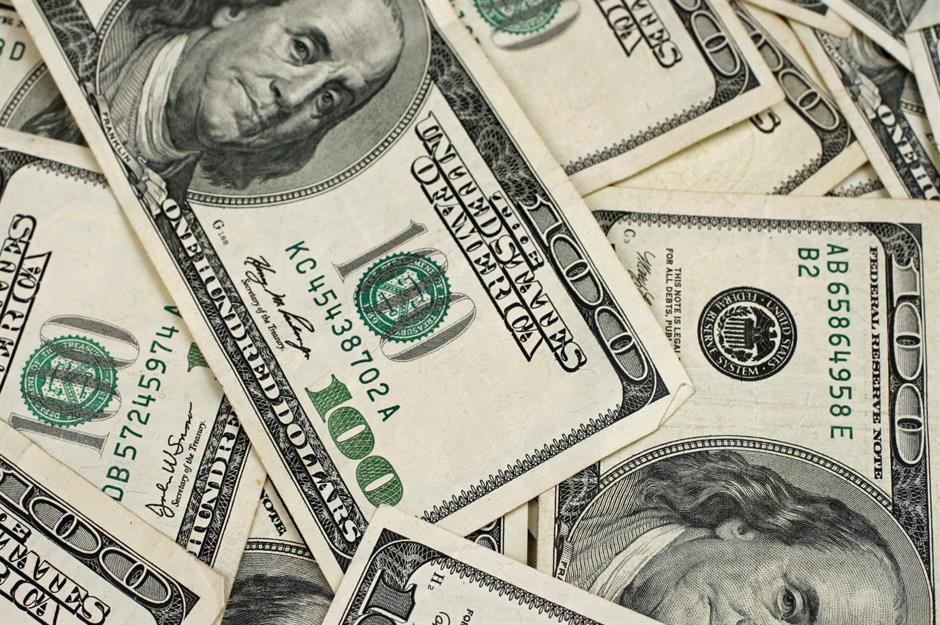
The safe that the Emanuels dug up turned out to be quite the treasure trove, with its contents including piles of wet $100 bills, as well as diamonds, jade, and gold.
Once dried and examined, the total value of the items was calculated at $52,000 (£39.4k). The accidental treasure hunters returned everything to their neighbours and have since placed a ceramic elephant statue on the lucky spot where they dug up the riches.
The Thornbury Hoard: $52,700 (£40k)
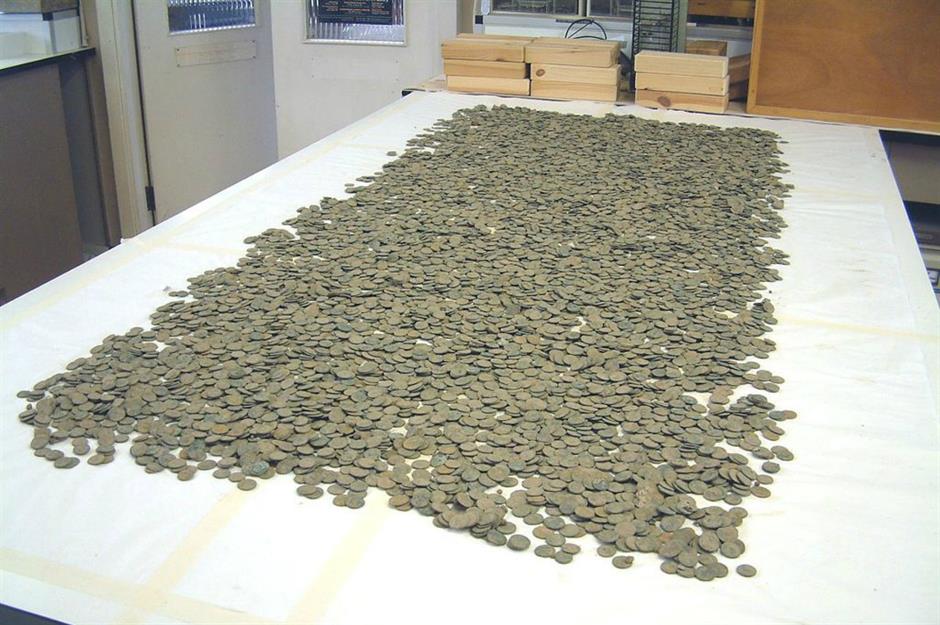
In March 2004, Ken Allen was digging a pond in his garden in South Gloucestershire, England, when he found a pile of coins sitting in a broken piece of pottery.
Pulling the discovery out of the ground was a team effort, with the job lot of coins weighing a hefty 63 lb (28.6kg).
The Thornbury Hoard: $52,700 (£40k)
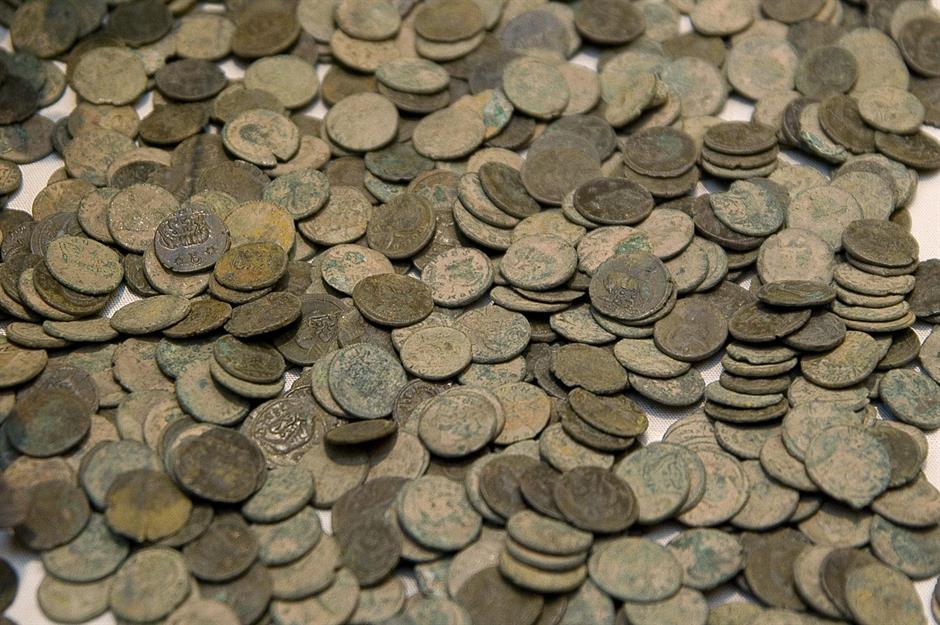
The hoard consisted of 11,460 Roman copper alloy coins, which experts have dated back to between 260 and 348 AD. Allen reported the find and the local coroner declared the coins to officially be treasure.
He valued the collection at a tidy £40,000 ($52.7k).
The Hackney Hoard: $130,200 (£98.3k)
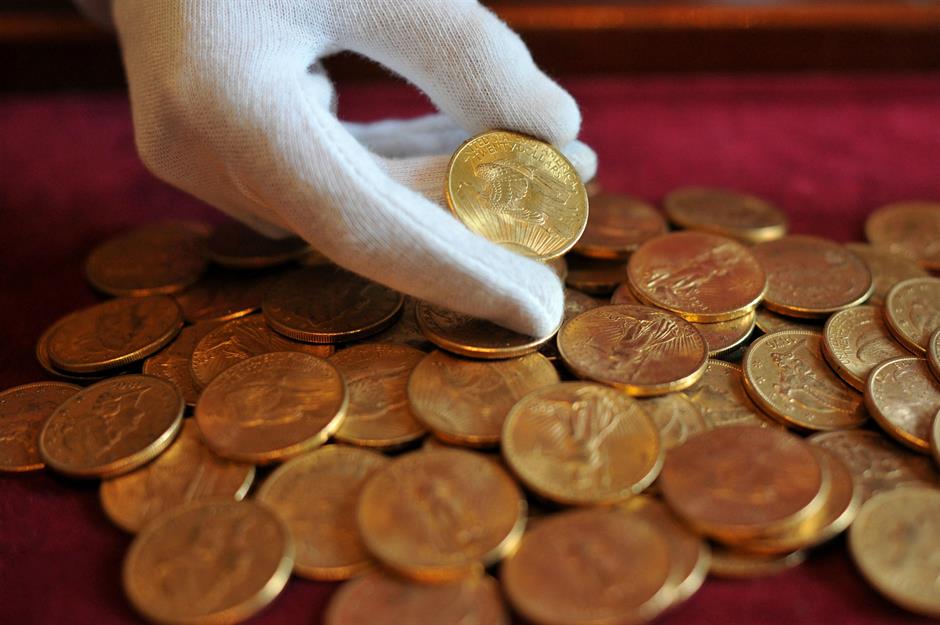
In 2007, residents decided to dig a frog pond in the garden of their property in Hackney, East London. Three weeks into the project, the dig revealed a glass jar filled with 80 gold coins.
The find was identified as containing US Double-Eagle gold coins, and left residents wondering how they had found their way to the East End of the UK capital...
The Hackney Hoard: $130,200 (£98.3k)
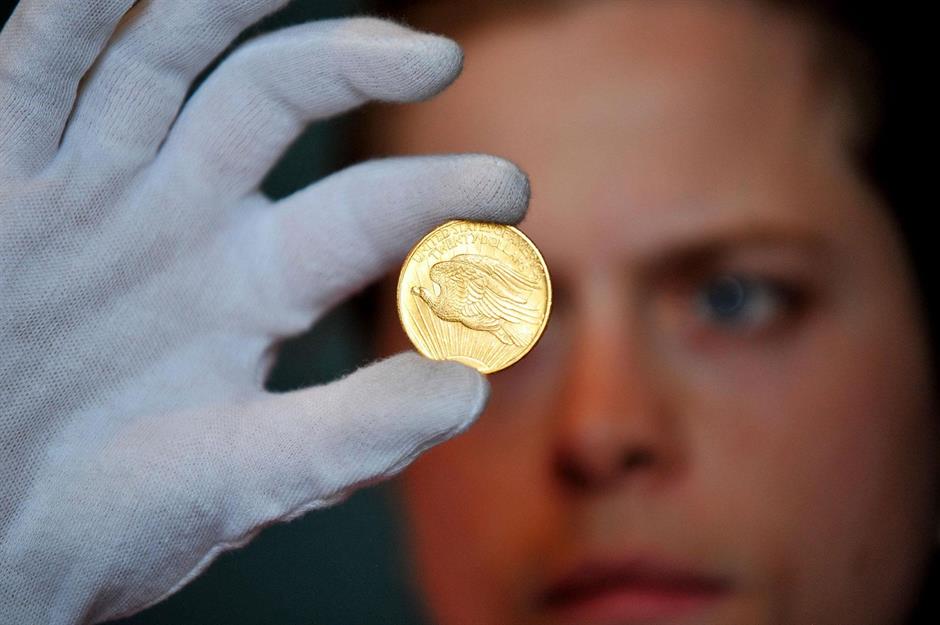
The stash was donated to the Museum of London, which deduced that the coins belonged to German-Jewish refugee Martin Sulzbacher. Fearing a Nazi invasion, his brother buried the coins in his back garden in 1940 and told only his direct family members where they were located.
Sulzbacher's brother and family members were tragically killed not long after during a bombing raid, and the location of the treasure died with them. The museum has since found the owner's descendants and handed over the find. The coin trove was then sold at auction in 2011, fetching an impressive £98,280 ($130.2k).
Posters under the floorboards: at least $600,000 (£455.3k)
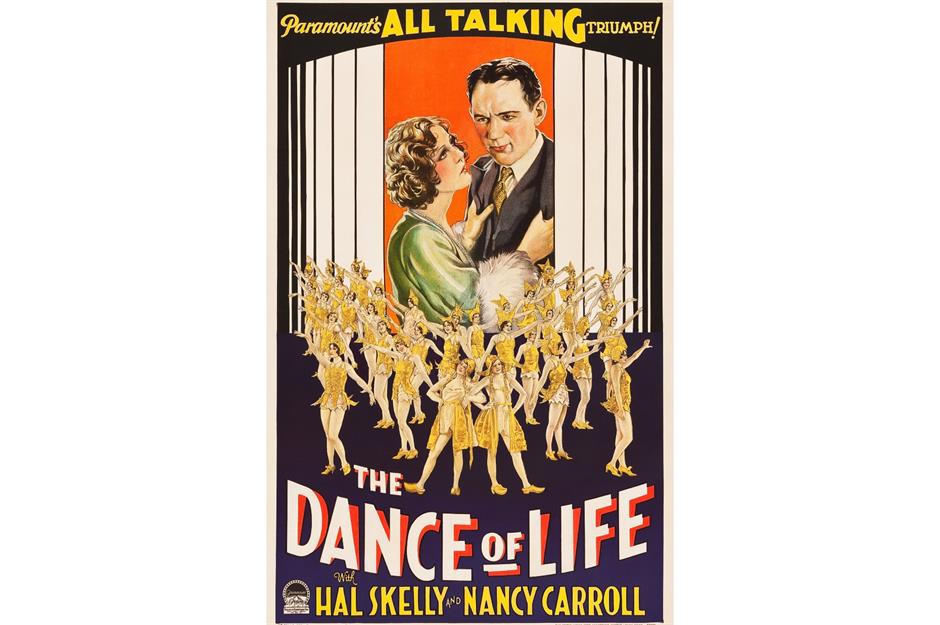
When moving into a new house, it's normal to want to renovate the place – it's less normal to discover hundreds of thousands of dollars' worth of Hollywood movie posters when you start pulling up floorboards.
This is exactly what happened to one lucky man in Alberta, Canada, who discovered a vast collection of film posters directly beneath his feet.
Posters under the floorboards: at least $600,000 (£455.3k)

Despite having spent most of their life tucked under floorboards, the posters were found in pristine condition, with the vividness of the colours adding huge value to the artwork.
A poster for Red Headed Woman (pictured) was one of the more valuable pieces among the hoard and it alone fetched a huge $77,675 (£58.9k) at auction in Dallas in 2010, surpassing the original estimate by around $20,000 (£15.2k).
Gold bars in the garden: $658,900 (£499.k)
In Roanne, France, a couple made an unexpected discovery in their garden seven years after moving into their new property. They unearthed six gold bars in 2009, followed by another 22 in 2013, which had an estimated value of €600,000 ($658.9k/£499.4k) at the time.
However, things soon took a turn for the worse...
Gold bars in the garden: $658,900 (£499.k)

Despite legally declaring the finds, the couple underwent a criminal investigation when they sold 23 of the bars. And that's not all. The publicity of the criminal investigation led the previous owners of the house to sue the couple over the ownership of the gold bullion.
They won, which meant that the couple had to hand over the remaining bars and reimburse them for the bars they had already sold.
Comics in the basement: $3.5 million (£2.6m)
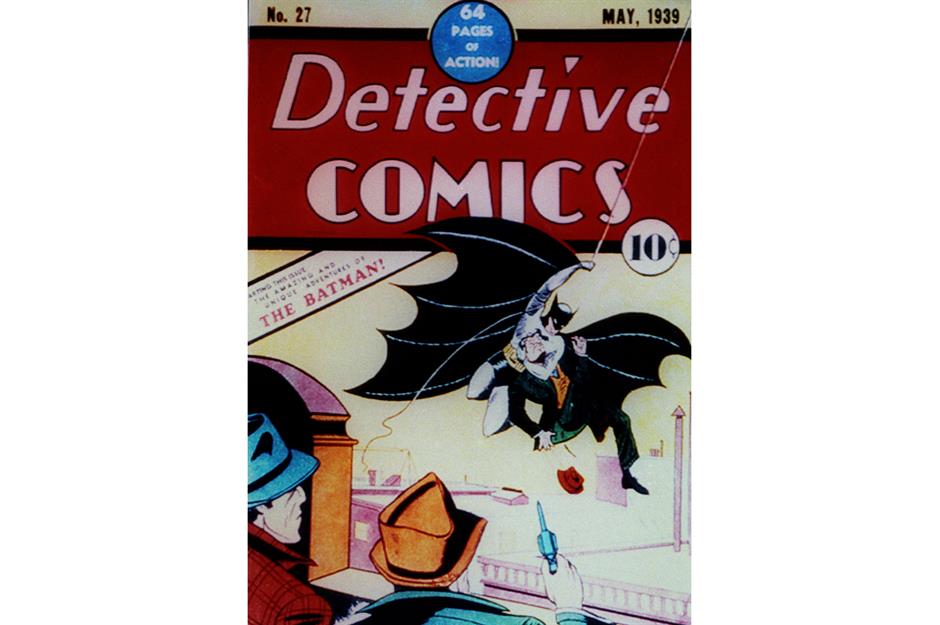
Michael Rorrer was clearing out his late great aunt's home in Virginia when he stumbled upon a collection of 345 comics in the basement. The collection belonged to his late uncle, Billy Wright, who had never told anyone about his hobby before his death in 1994.
The carefully-arranged collection included rare comics such as Detective Comics No. 27, the first comic to star Batman (pictured).
Comics in the basement: $3.5 million (£2.6m)

The impressive collection also contained the first comic that featured Superman (pictured) and stunned the comic book world. The rare magazines fetched a whopping $3.5 million (£2.6m) at auction in New York in 2012.
Not bad at all for some comics that had been stashed away for half a century!
Gold hidden in Normandy: $3.8 million (£2.9m)

In 2016, a Frenchman decided to move into a house he'd inherited from a relative in Evreux, Normandy. Moving houses can be quite an upheaval, but what he found certainly made it worth his while...
Gold hidden in Normandy: $3.8 million (£2.9m)
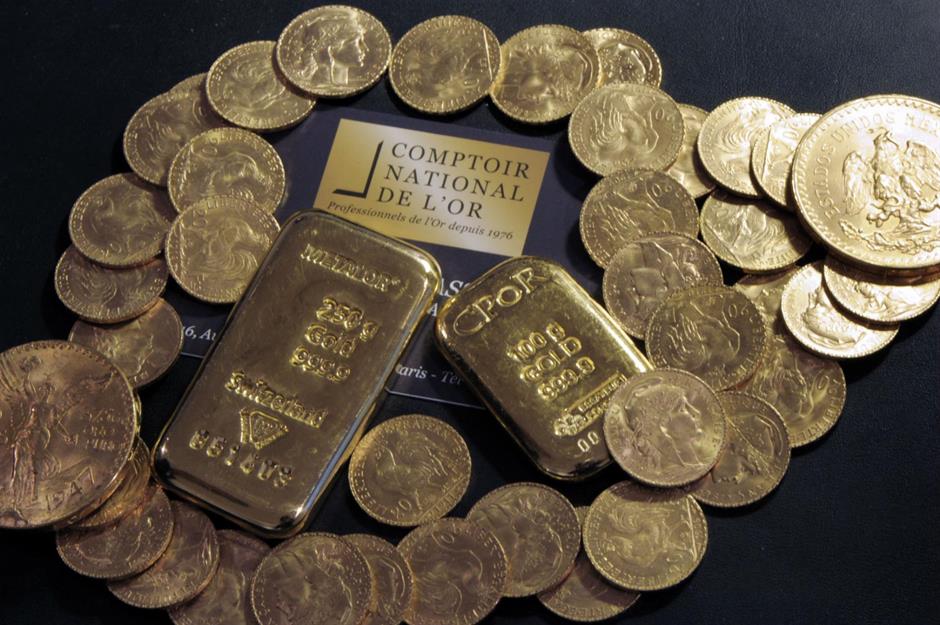
Like a lot of older houses, this one came with some surprises, but rather than spots of mould or damp hidden in corners, this man kept finding himself stumbling upon gold.
From lone coins to ingots and bars, the house was jam-packed. Hidden in furniture, and even a whisky bottle, the total value of the 220 lb (100kg) of gold reached €3.5 million ($3.8m/£2.9m) when it was sold.
Bugatti in the garage: $3.8 million (£2.9m)
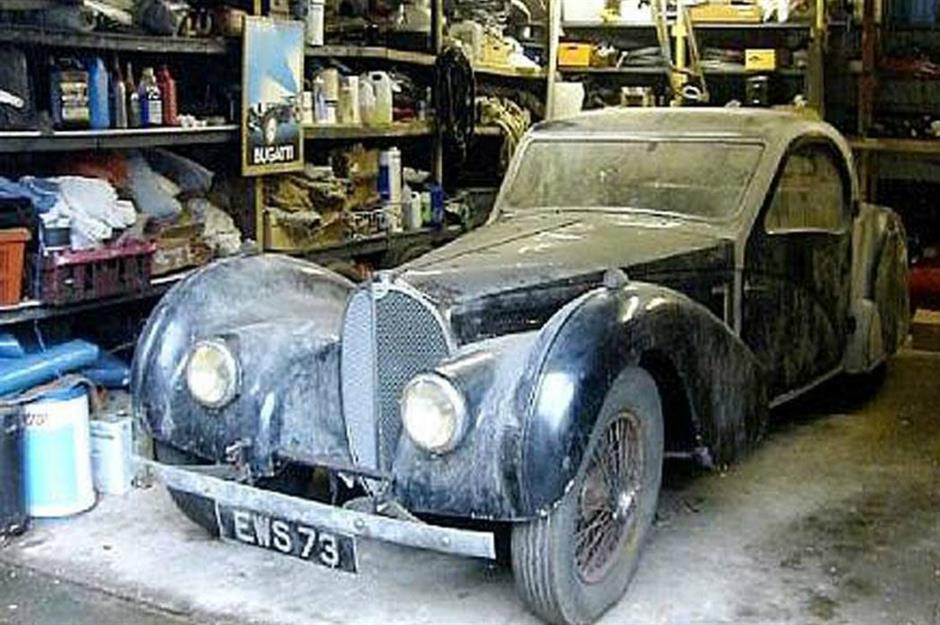
When collector Dr. Harold Carr passed away in 2009, he left his house in Newcastle, England to his relatives. But it was in the garage that the richest inheritance was to be found.
Perhaps unsurprisingly, given the doctor's name, it turned out that Dr Carr had a penchant for vintage vehicles, and inside there was a 1937 Bugatti Type 57S, which had originally been owned by Earl Howe.
Bugatti in the garage: $3.8 million (£2.9m)
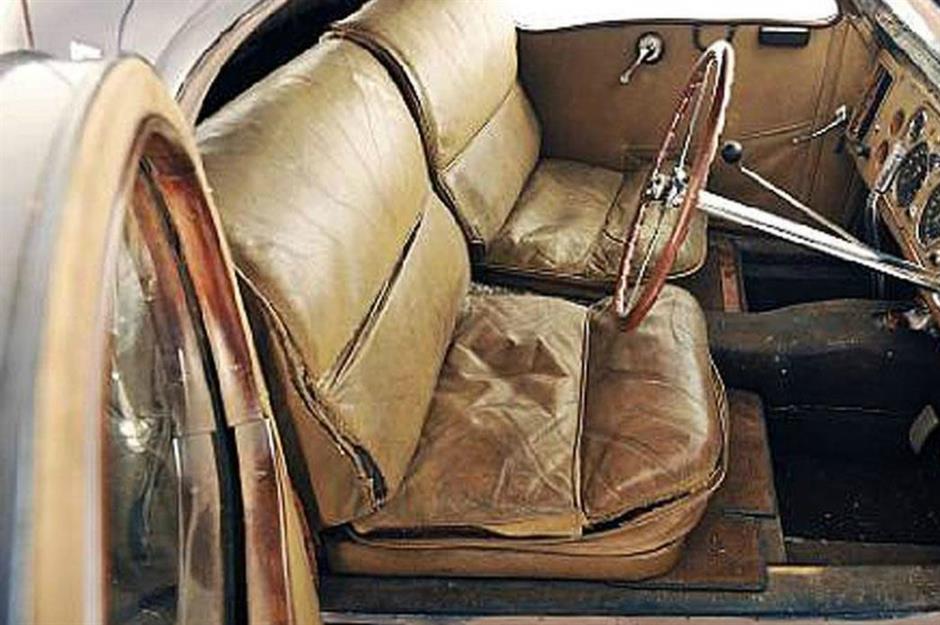
The eccentric doctor had bought the car for £895 ($1.2k) in 1955. But over 50 years later, his relatives sold the motor for a whopping £2.9 million ($3.8m), a strange turn of events for a family who didn't realise what Dr Carr had kept stowed away.
As his nephew said: "It was a bit of local folklore that he had a Bugatti, but no one knew for sure. It's worth so much because he hasn't used it for 50 years. It was one of the original super cars." A super car and a super find for the family.
Haring on the wall: $10 million (£7.6m)

In 2010, architect Todd Ernst was renovating an 8,000-square-foot apartment in the Tribeca neighbourhood of New York. To his surprise, during the work he discovered a mural behind one of the walls.
The artwork wasn't just any old scribble, but actually the doodlings of artist Keith Haring, and they are now incorporated into the decor.
Haring on the wall: $10 million (£7.6m)
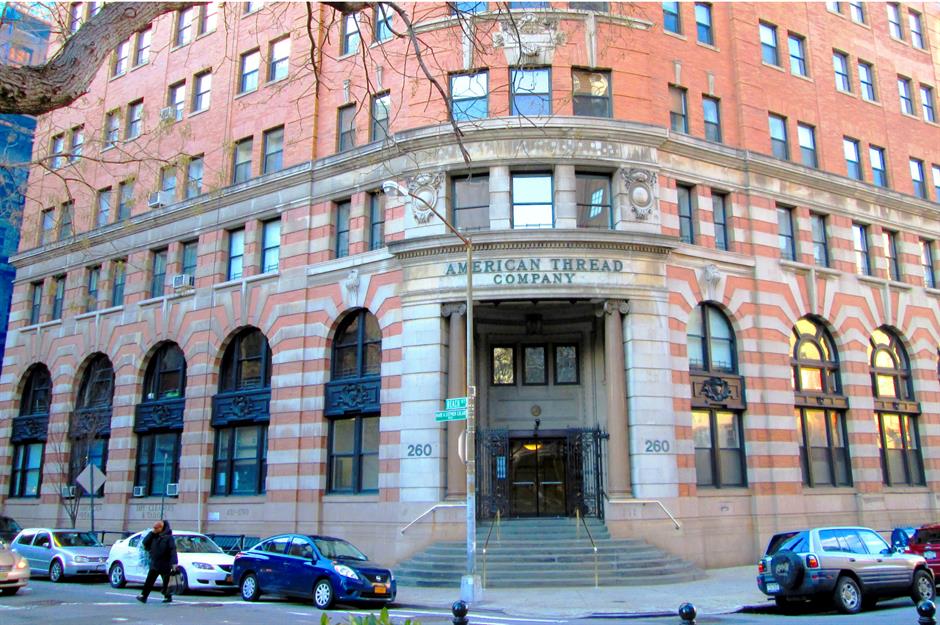
It's not a complete mystery, though, as the American Thread Co. building where the mural was found has an artistic past. The building regularly held exhibitions with the School of Visual Arts, where Keith Haring was a student.
The apartment, along with its original art, was sold in January 2015 for $10 million (£7.6m).
Saddle Ridge Hoard: $10 million (£7.6m)
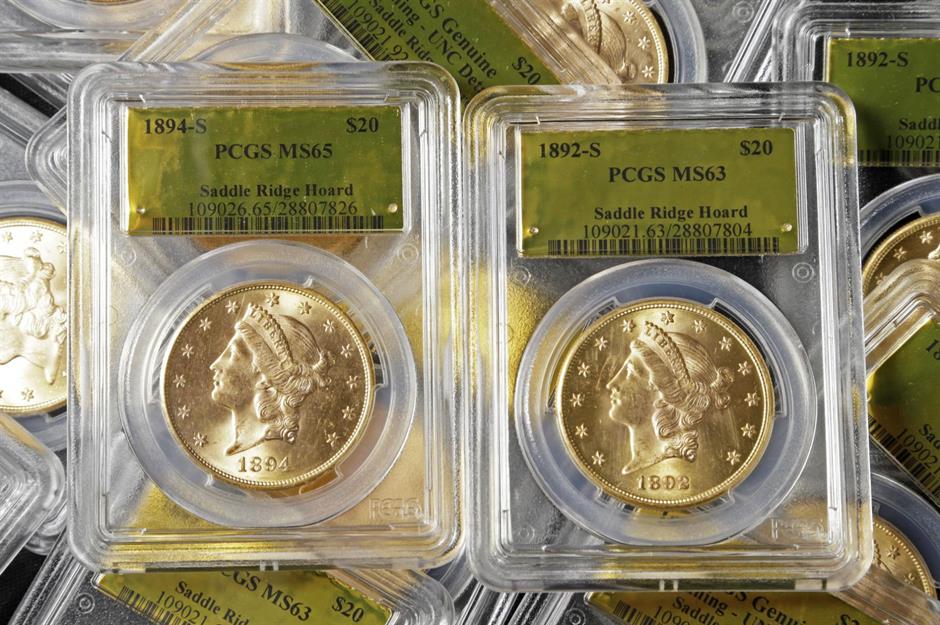
Saddle Ridge Hoard: $10 million (£7.6m)

The pot, which had been hidden away during the 19th-century Gold Rush, has an estimated value of $10 million (£7.6m), although almost half of that value would go to the tax authorities. What's more, sadly for the owners, it's not a case of finders' keepers.
US Treasure Trove Laws mean that the collection could be claimed by descendants of the person who originally buried it. For this reason, the couple remained anonymous and sold the coins via Amazon.
Norman Rockwell painting hidden in the walls: $15.4 million (£11.6m)
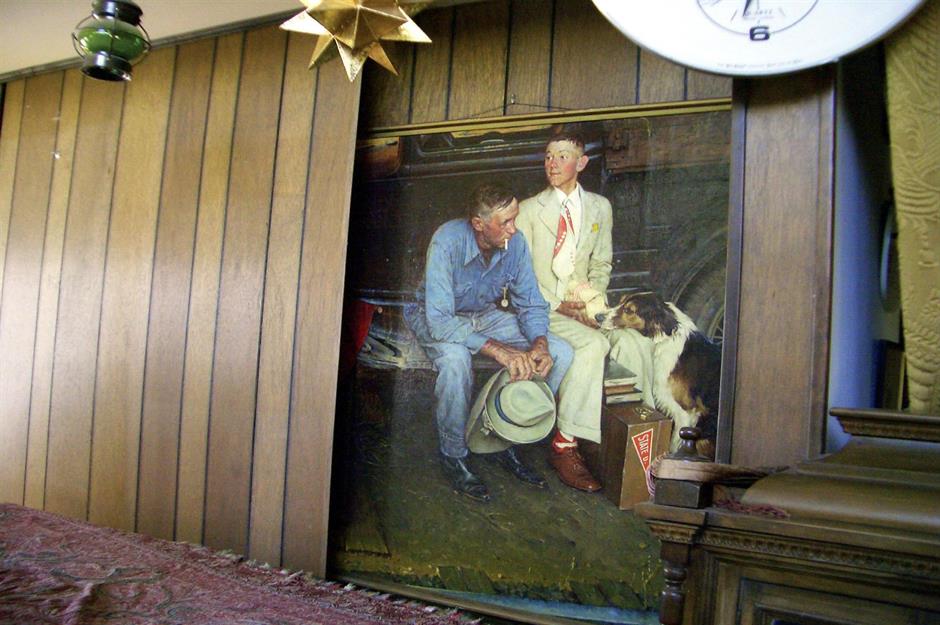
When cartoonist Don Trachte's sons were renovating their late father's property in 2005, they were shocked to find paintings concealed in the walls. One of the hidden paintings, Breaking Home Ties, was by their father's friend and neighbour, artist Norman Rockwell.
Norman Rockwell painting hidden in the walls: $15.4 million (£11.6m)
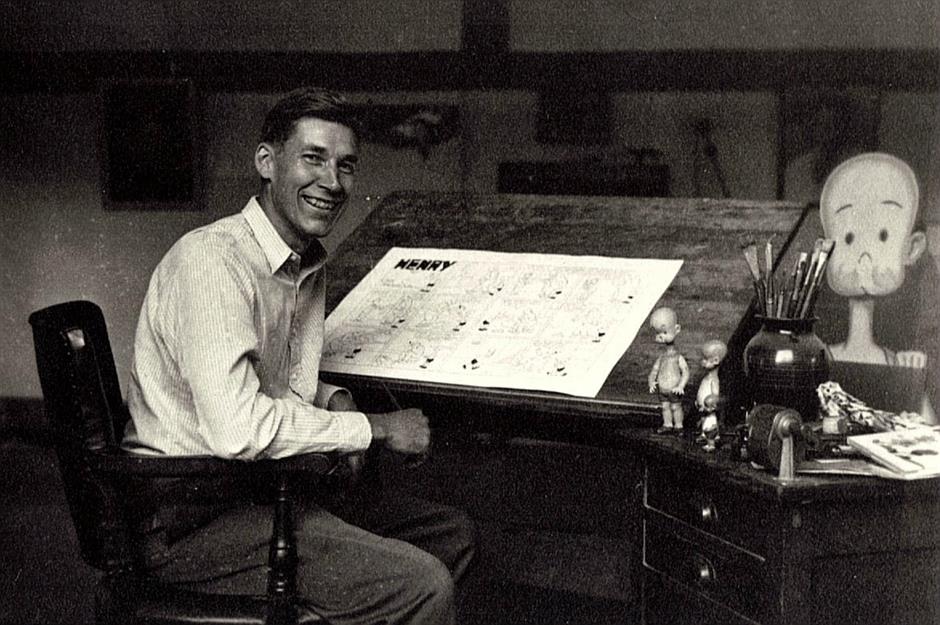
His sons reasoned that their cartoonist father, who was responsible for creating the character 'Henry', had painted copies of the original paintings to prevent his wife obtaining them during their divorce.
The sons sold the original of Norman Rockwell's Breaking Home Ties in 2006 for $15.4 million (£11.6m), which was a record for the artist's work at the time.
Paintings in the garage: $30 million (£22.7m)
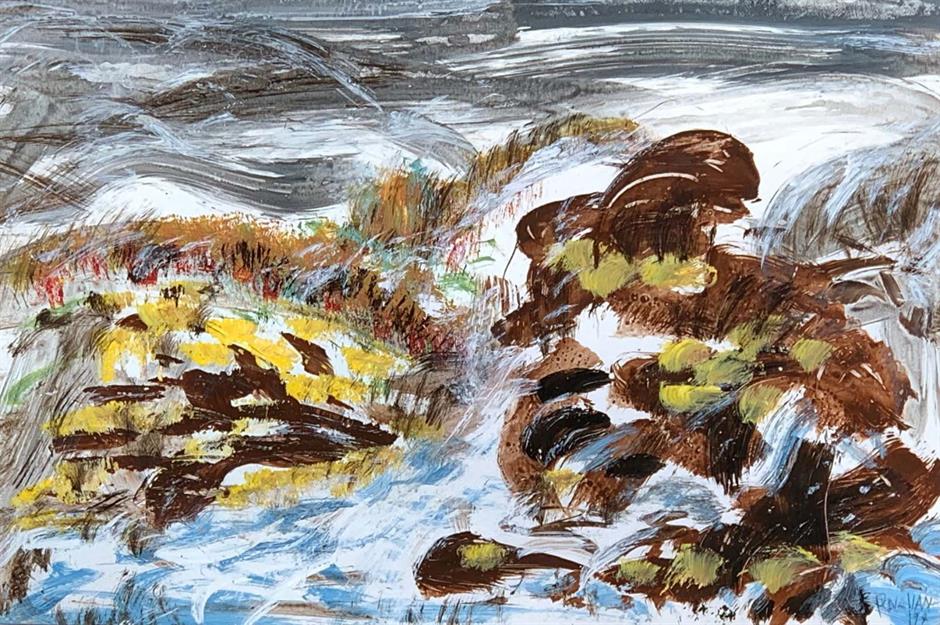
When Thomas Schultz and his business partner Laurence Joseph decided to buy a cottage in New York for $300,000 (£227.1k) in 2007, they were also the recipients of the work of the home's previous owner, a relatively unknown Armenian artist called Arthur Pinajian.
The art was meant to be dumped on a landfill site at the artist's request, but Schultz couldn't throw away a man's life work, so he set about organising the collection of over 70,000 paintings. Little did he know what was going to happen next...
Paintings in the garage: $30 million (£22.7m)
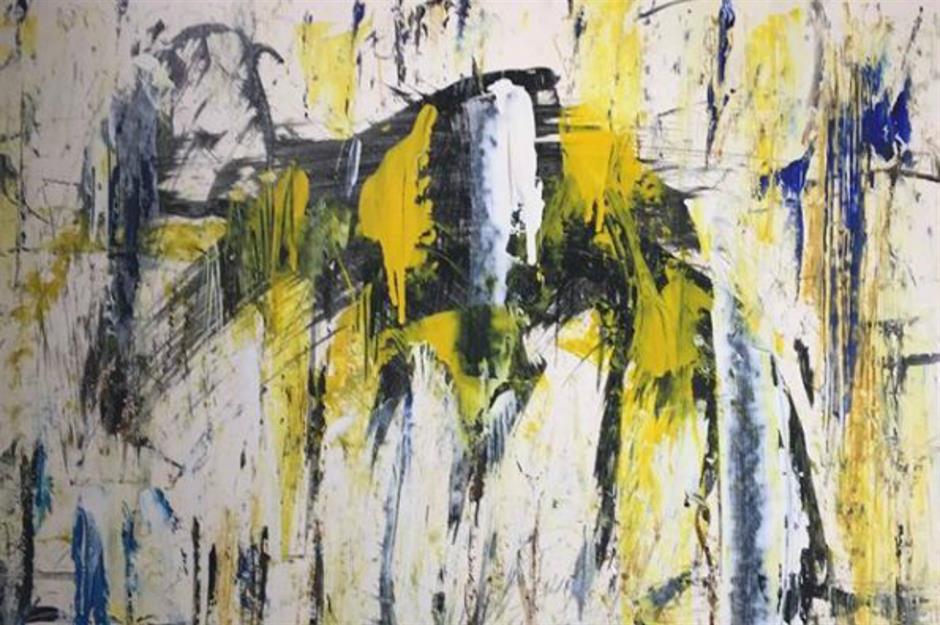
After organising the collection, interest in the abstract impressionist's paintings grew. The collection of Arthur Pinajian paintings was valued at an incredible $30 million (£22.7m), making Schultz a multimillionaire as well as a homeowner.
Van Gogh in the attic: up to $90.6 million (£68.2m)
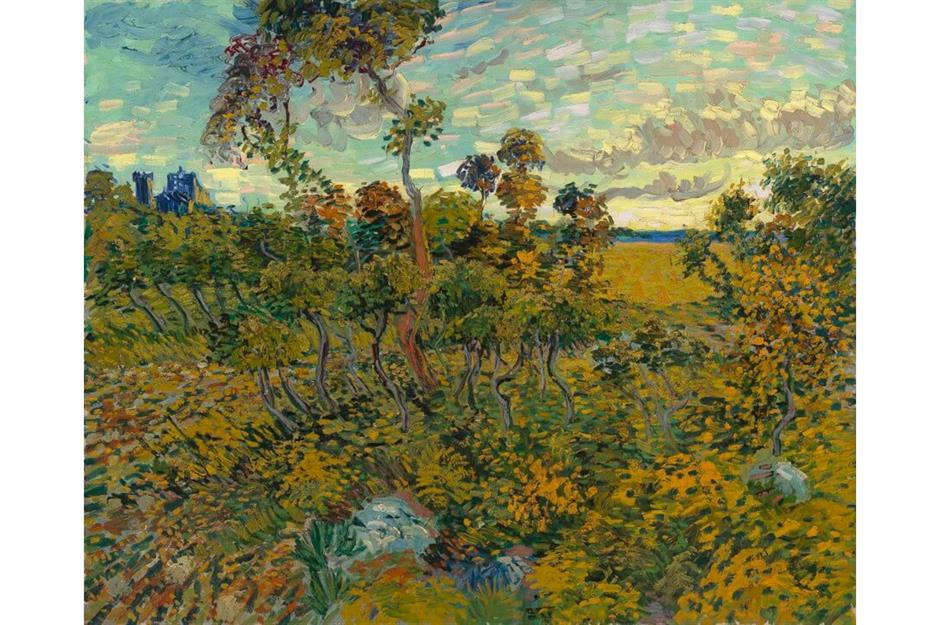
Trawling through the attic of a deceased relative can be a lengthy job, but it was made more interesting for one family when they discovered a painting by Vincent Van Gogh. The original owner had bought the artwork back in 1908, only to banish it to a life of gathering dust in the attic when a supposed expert told him that it was a fake.
In 2013, the owner's descendents had the painting re-examined, and experts were astonished to realise that it came from the same era of Van Gogh's career as Sunflowers and The Yellow House.
Van Gogh in the attic: up to $90.6 million (£68.2m)
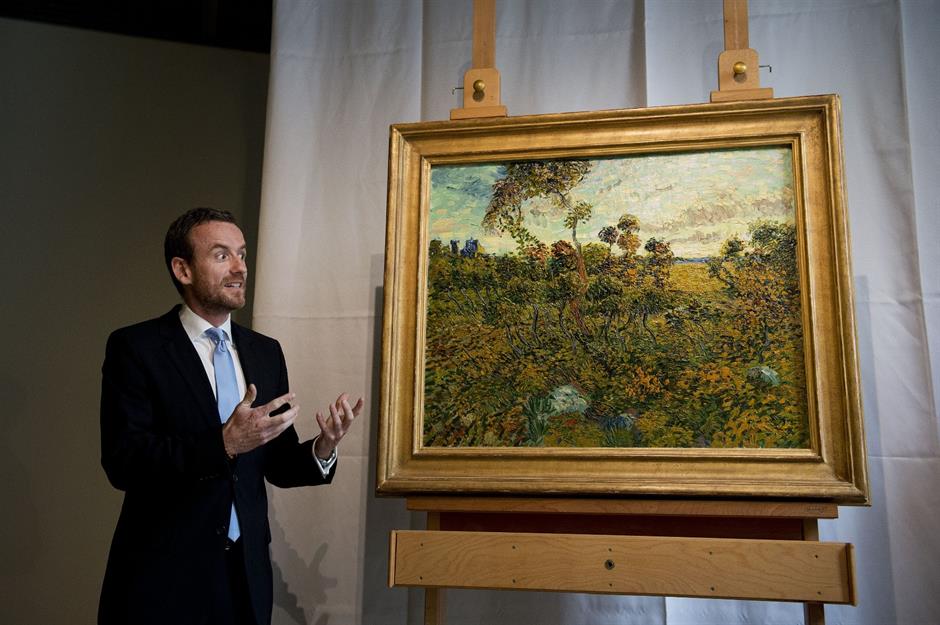
While Sunset at Montmajour has yet to be sold at auction, experts have likened the piece to Van Gogh's most famous work Sunflowers, in both size and quality, and that sold at auction for $39.9 million (£30.2.m) in 1987.
If the piece were to go to auction now and fetch a similar amount, that would make it worth a breathtaking $90 million (£68.2m) in today's money.
Read about the treasures found on construction sites
Caravaggio in the roof: $113 million (£85.6m)

Caravaggio in the roof: $113 million (£85.6m)
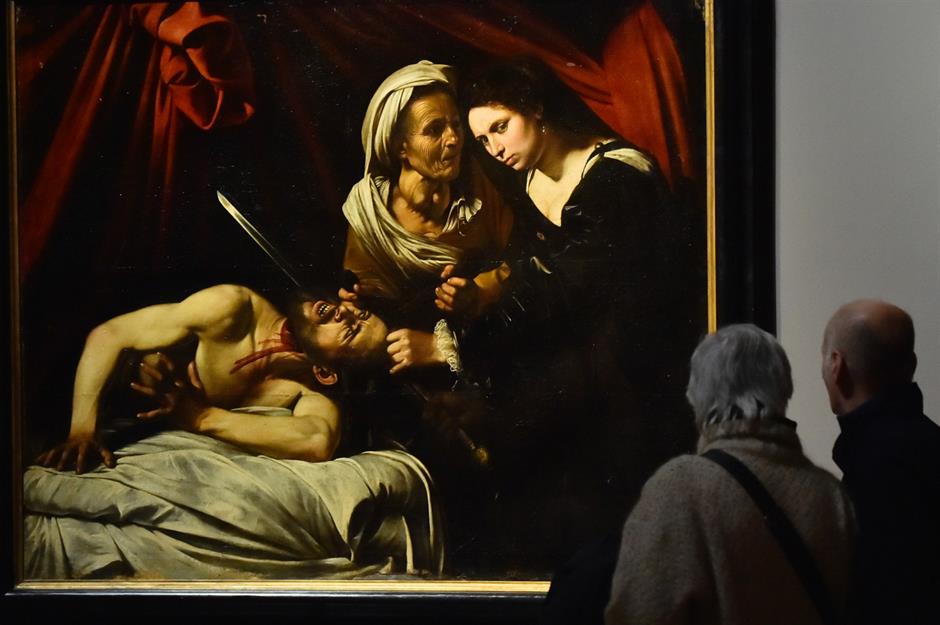
However, the identification of the painting as Carvaggio's Judith Beheading Holofernes is contested. Pictured here in the Brera Art Gallery in Milan in 2016, there was outrage at it being exhibited as a Caravaggio when its author is not universally agreed.
If it is a Caravaggio, the painting has a value of $113 million (£85.6m).
Unexpected temple ruins: priceless
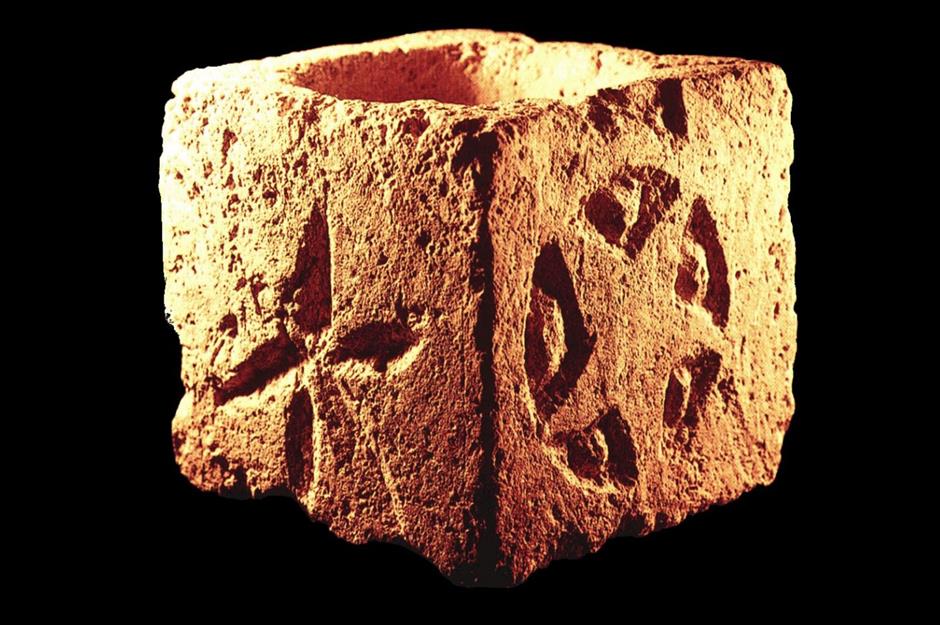
On moving to an area close to the Temple Mount in Jerusalem in 1970, Theo and Miriam Siebenberg wondered if their newly-built house had religious artefacts beneath it. Multiple archaeological surveys came back saying that that wasn't the case, but the couple kept investigating.
In fact, they spent eight years constructing a retaining wall with anchors that could hold up to 60 tonnes of pressure to prevent their house from collapsing during their investigation. Then they started digging and finding treasure...
Unexpected temple ruins: priceless
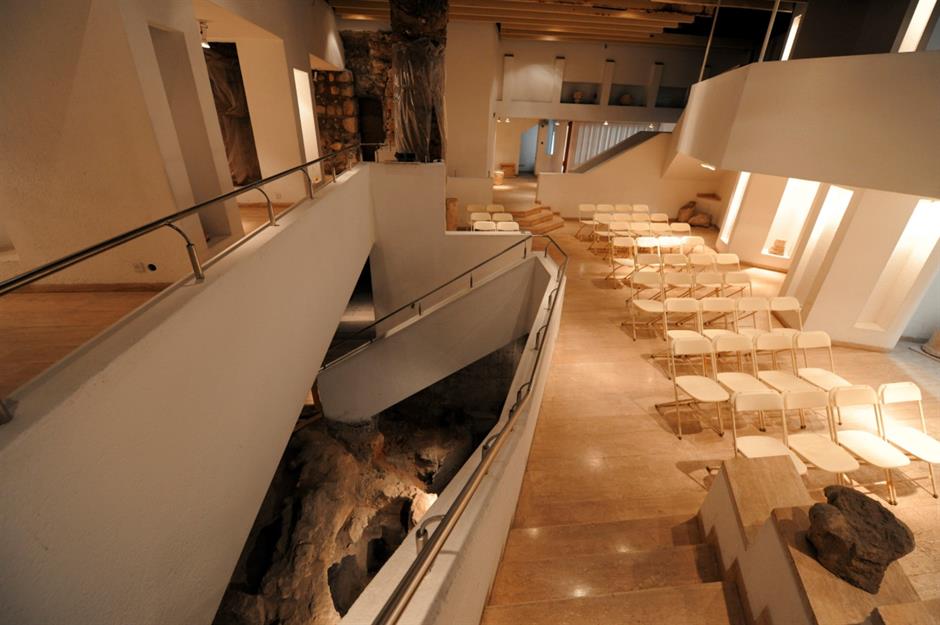
Soon they found a 2,000-year-old keyring, followed by perfume bottles and 2,600-year-old arrowheads. Digging further into the ground, archaeologists discovered a plethora of treasures, from jewellery and glassware to ancient burial chambers dating back 3,000 years to King David.
After 10 years of careful excavation, the Siebenberg house became the Siebenberg Museum, and now exhibits its treasures that tell the story of Jerusalem over thousands of years. You can't put a monetary figure on this kind of discovery, but it's safe to say that its value – both monetary and historical – is huge.
Now discover the most brilliant treasure finds of the last decade
Comments
Be the first to comment
Do you want to comment on this article? You need to be signed in for this feature